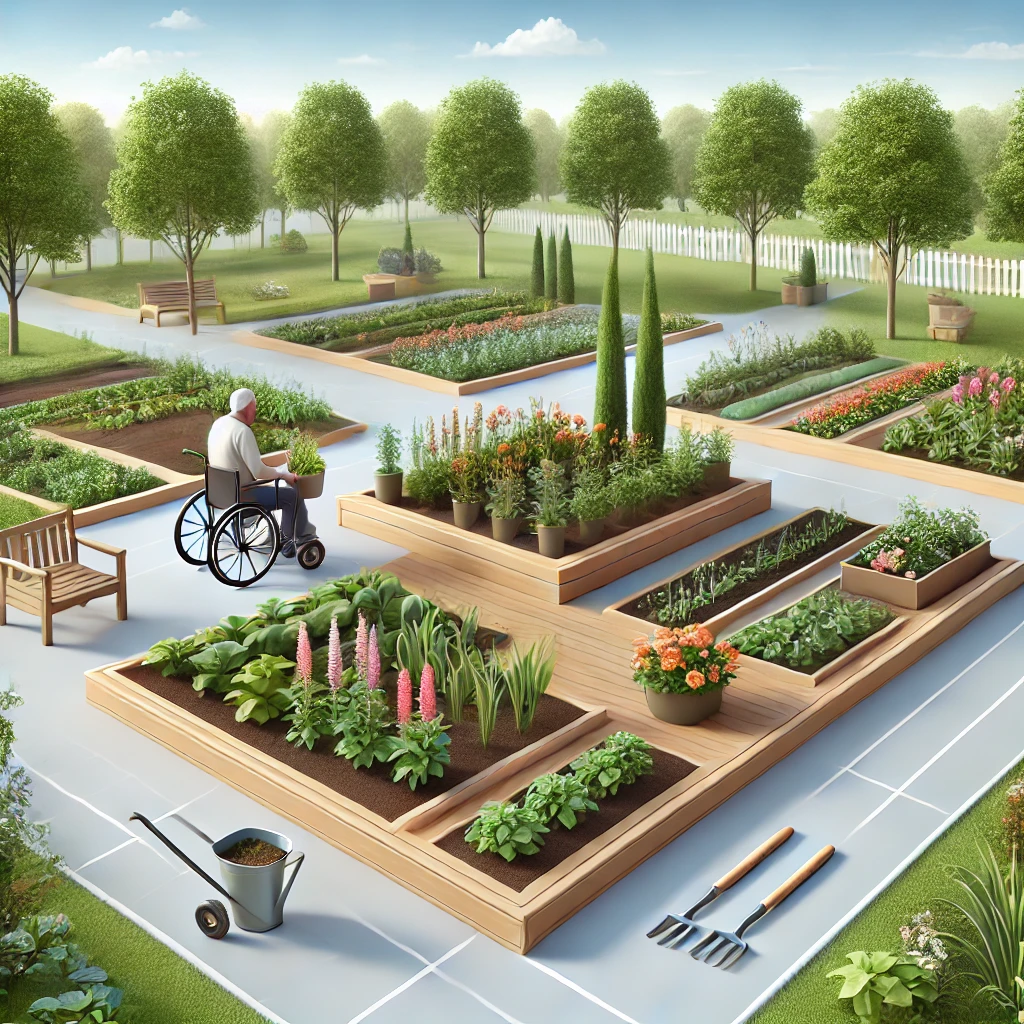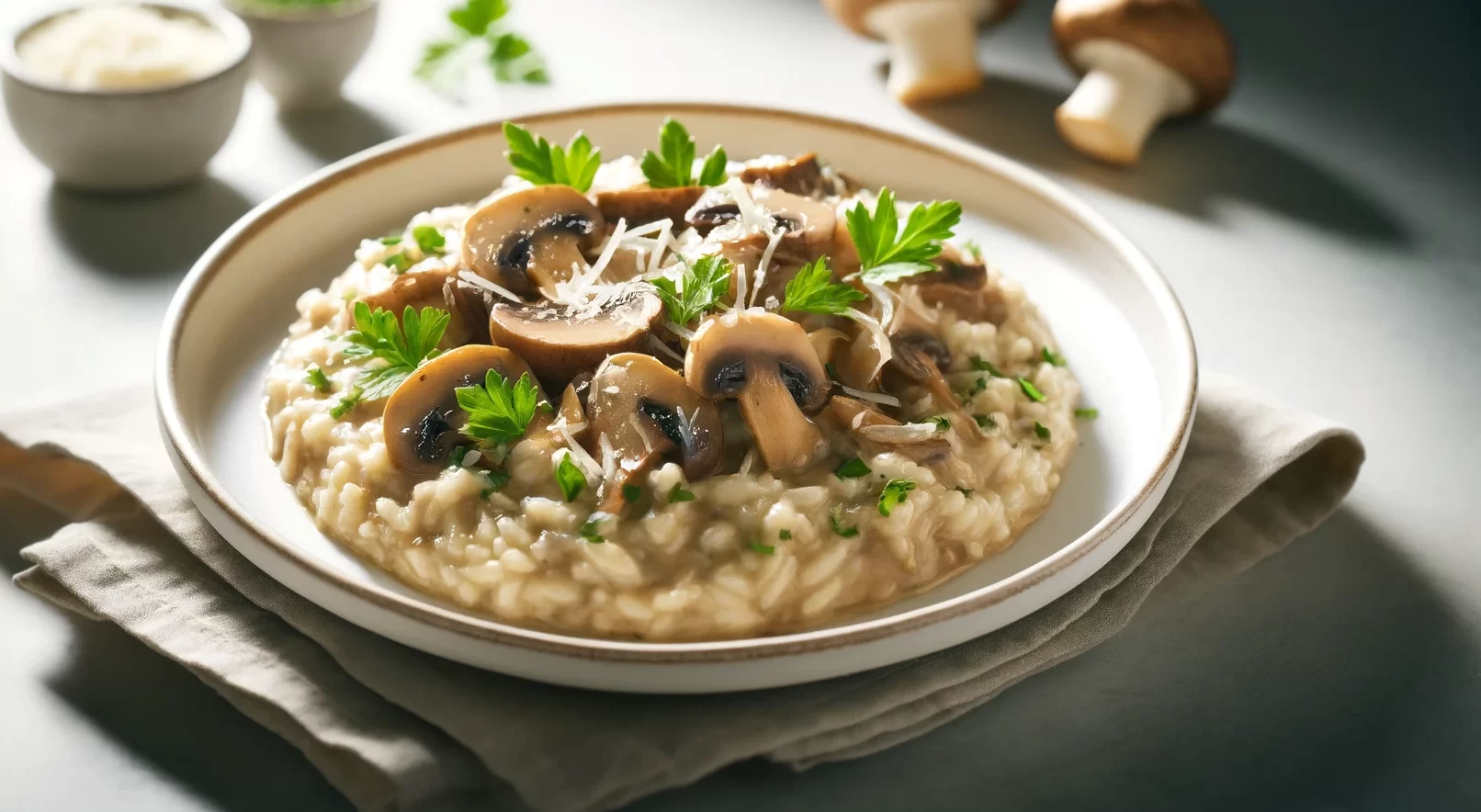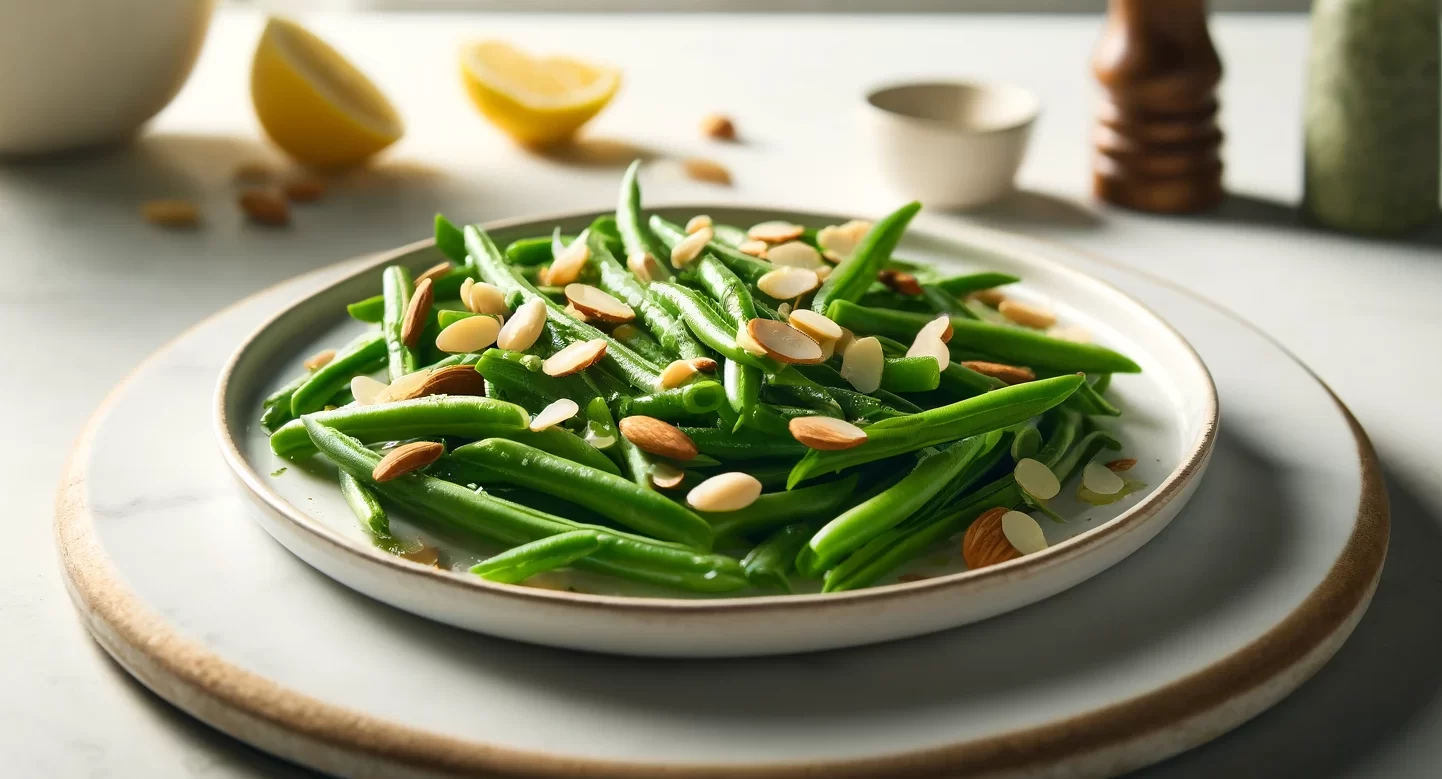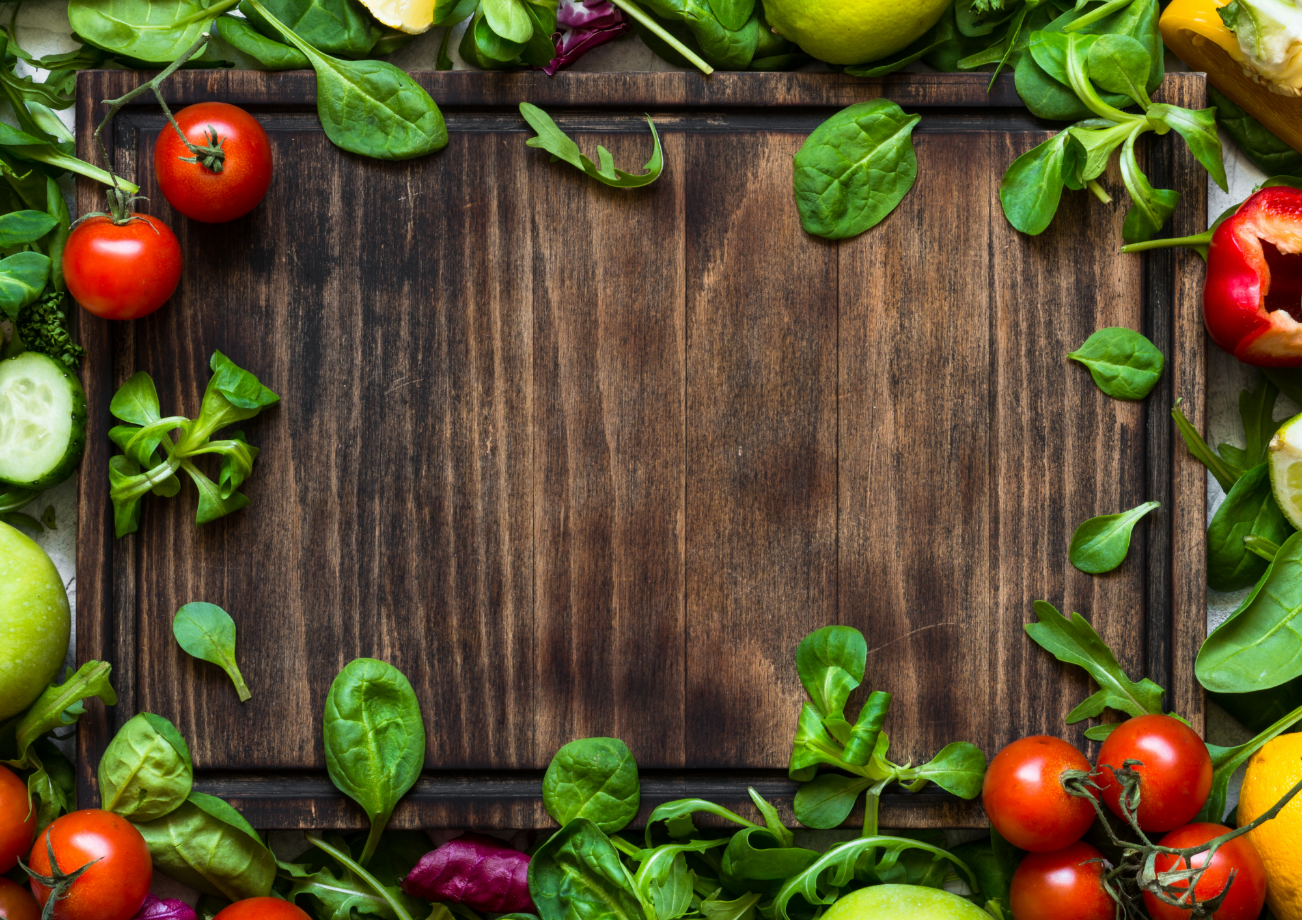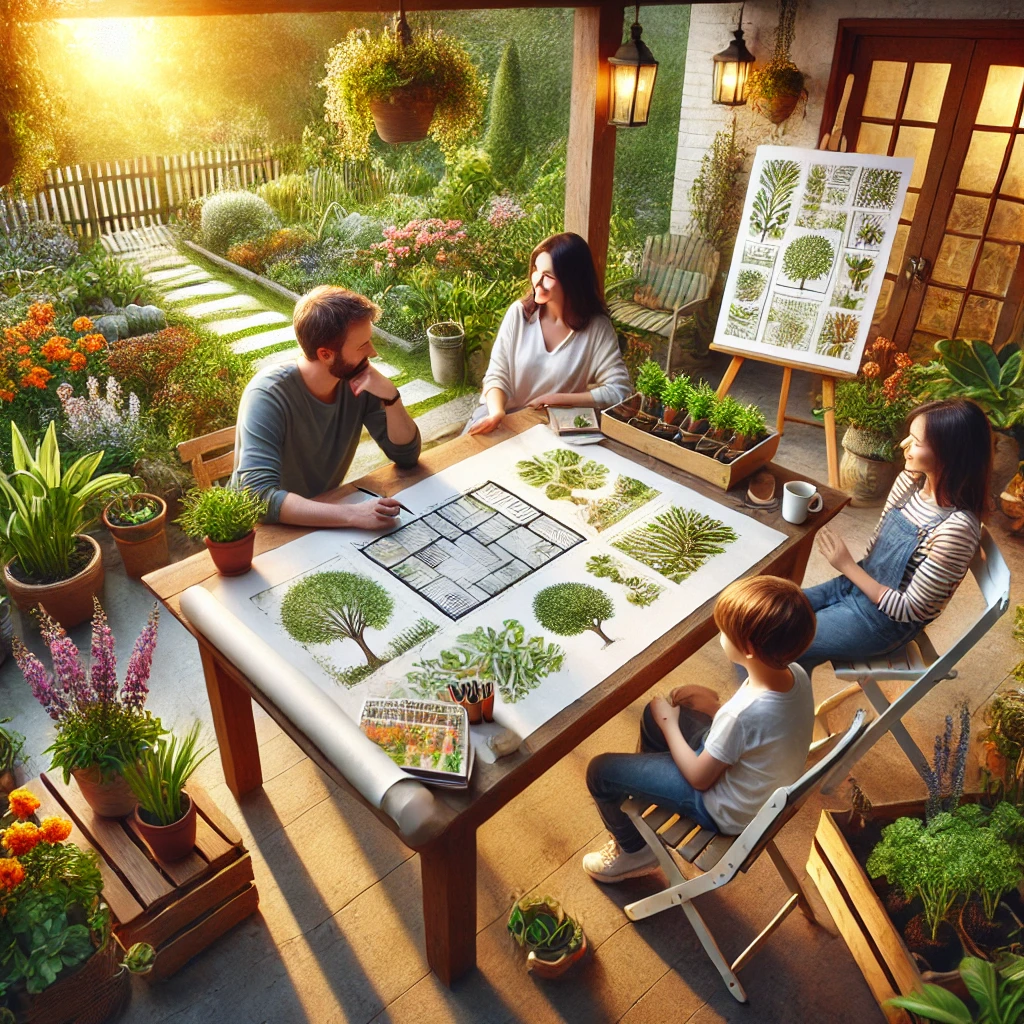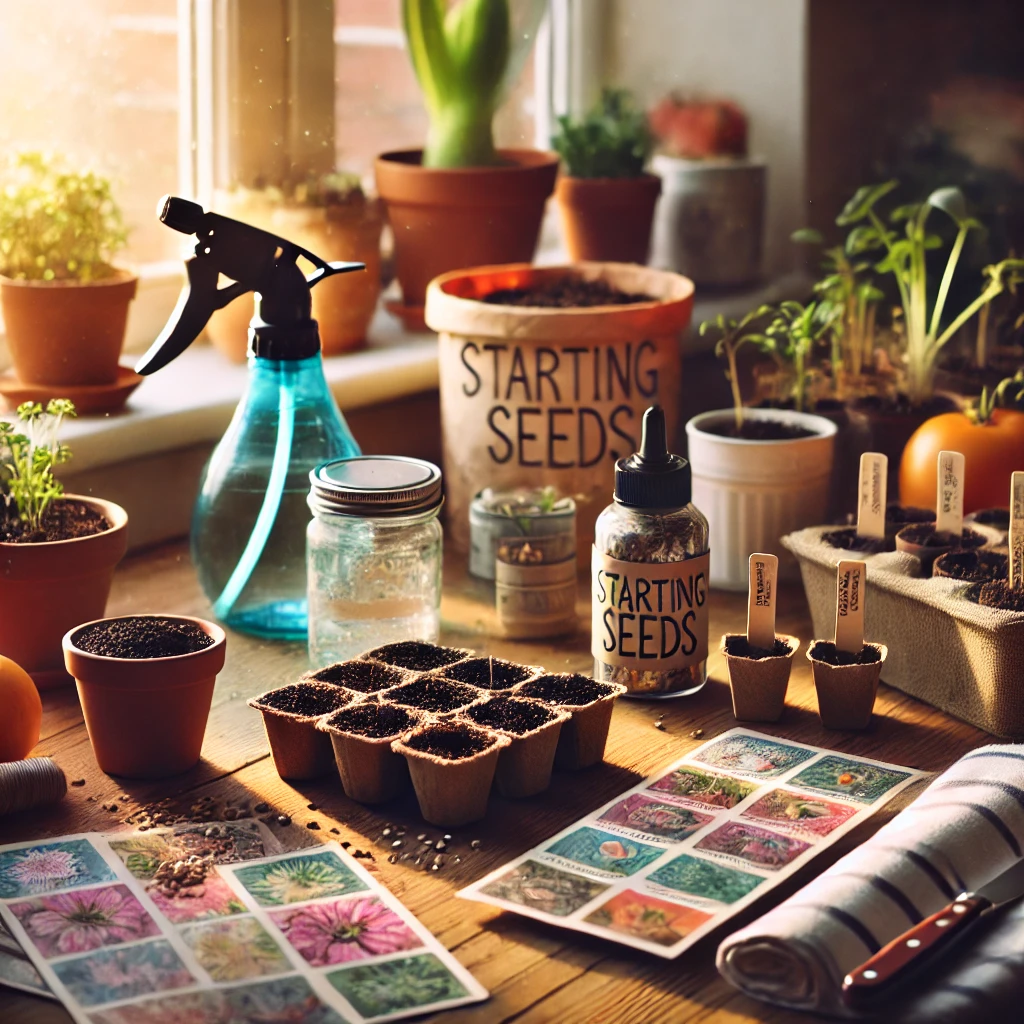Embarking on the creation of a backyard pond is not just a landscaping endeavor; it’s a journey towards crafting a living, breathing ecosystem right in your own outdoor space. This guide serves as your first step towards transforming your garden into a serene sanctuary, a place where the harmonious interplay of water, plant life, and wildlife brings a sense of tranquility and beauty to your daily life. As you stand on the brink of this adventure, envision the calm waters reflecting the sky above, the soft murmur of flowing water, and the vibrant dance of fish and dragonflies. This introduction invites you to dream, to plan, and to create.
The essence of building a successful pond lies in thoughtful preparation. From selecting the perfect spot that captures the dance of light and shadow, to considering the size that best fits your garden’s character, every decision is a step towards harmony. The flora and fauna you choose to introduce will not only dictate the aesthetic appeal but also the ecological balance of your pond.
But where do you begin? Through understanding the legalities, assessing environmental conditions, and drawing inspiration from a myriad of resources, this guide aims to equip you with the knowledge and inspiration needed. Remember, your pond is a reflection of your connection with nature—a personal haven for you, and a sanctuary for the local ecosystem. Let’s dive into the first steps of making your pond a reality, a process that promises as much personal fulfillment as it does beauty and biodiversity to your garden.
Planning Your Pond: The First Step
Before breaking ground, careful planning is essential. Consider the location: choose a spot that gets a mix of sun and shade throughout the day, as too much sunlight can promote algae growth, while too little can hinder the growth of aquatic plants. Avoid areas directly under trees to minimize debris in the water. Size and depth are also crucial factors; a larger pond provides a more stable environment for plants and wildlife but requires more maintenance. Lastly, check local regulations to ensure compliance with any requirements or permits needed for water features.
Gathering Your Supplies: The Pond Builder’s Toolkit
You’ll need a few key supplies to bring your garden pond to life:
- Pond liner: This is essential for keeping water in your pond. EPDM rubber liners are durable and flexible.
- Pump and filter system: Keeps water circulating and clean, crucial for maintaining a healthy pond ecosystem.
- Aquatic plants: From water lilies to marginal plants, they add beauty and help balance the pond’s ecosystem.
- Rocks and gravel: Not only do they add a natural aesthetic, but they also help anchor plants and cover the liner edges.
The Digging Begins: Shaping Your Pond
After marking out your pond’s shape with rope or spray paint, it’s time to start digging. Aim for a depth of about 18-24 inches for a small garden pond, with sides gradually sloping. Remember to dig a shelf around the perimeter of the pond about 8-12 inches deep for placing aquatic plants. As you dig, check the level of the pond from multiple angles to ensure even water distribution.
Installing the Liner: Creating a Watertight Seal
Laying the pond liner is critical in ensuring your pond holds water. After smoothing the hole and removing any sharp objects, lay a protective underlayment (like old carpet or sand) to protect the liner from punctures. Then, drape the liner across the pond, pressing it into the contours and leaving enough overlap around the edges. Fill the pond with water, allowing the weight of the water to pull the liner snugly against the pond’s walls.
Setting the Scene: Landscaping and Aesthetics
With the pond filled, it’s time to add those finishing touches that transform it from a water-filled hole to a captivating garden feature. Arrange rocks and pebbles around the edge to conceal the liner and create a natural transition to the rest of your garden. Introduce aquatic plants in and around the water for a lush, vibrant look, and consider adding a few fish like goldfish or koi to bring your pond to life.
The Tech Touch: Installing a Pump and Filter
A proper pump and filter system is crucial for maintaining clean and healthy pond water. The pump circulates water, preventing stagnation and promoting oxygenation, while the filter catches debris and biological waste, keeping the water clear. Position your pump and filter according to their specific installation instructions, ensuring they’re appropriately sized for your pond’s volume.
Maintaining Your Pond: Keeping It Pristine
Regular maintenance is key to a healthy, beautiful pond. This includes monitoring water levels, especially in hot weather, cleaning the pump and filter, and removing debris and excess plant material. Seasonal care, like preparing your pond for winter, ensures its longevity and continued enjoyment through the years.
Transforming your backyard into a tranquil haven with the addition of a pond is a journey filled with potential and beauty. The key to unlocking this paradise is in the initial planning stages, where dreams start to take shape. Picture the serene surface of your future pond, the soothing sounds of water and wind through the foliage, and the vibrant life swimming below. What feelings do you hope to stir within those who visit your garden oasis?
Selecting an ideal location is paramount. It needs to be a place where light and shade dance together, casting your pond in the best possible light from dawn until dusk. Consideration of size is equally important; your pond should complement your garden’s layout, enhancing its natural flow and aesthetics.
Next, think about the living components of your pond. Do you envision a bustling ecosystem that supports local wildlife, or perhaps a peaceful aquatic garden? Each decision you make carves out a unique identity for your pond, a personal stamp of your vision and values.
Remember, the dream of your pond must be grounded in reality. Familiarize yourself with any local guidelines regarding water features to ensure your project moves smoothly. Paying attention to how sunlight bathes your garden will also guide you in selecting plants and animals that will thrive in your pond’s environment.
For those seeking additional support, various resources are at your disposal. Online design tools can offer a visual blueprint of your plans, while a wealth of knowledge awaits in specialized books. Don’t underestimate the power of community; local gardening clubs are treasure troves of insight and encouragement from individuals who share your passion.
Reflecting on my initial foray into pond creation, it was a blend of excitement and nerves. What started as a small endeavor grew into a profound love affair with nature, transforming my garden into a sanctuary for myself and local wildlife. Your pond is not just a body of water; it’s a canvas for your imagination and a reflection of the world’s inherent beauty.
Beginning your pond project is more than an aesthetic enhancement; it’s a commitment to enriching your environment and fostering biodiversity. Allow this guide to be the gentle nudge that sets your plans in motion, leading to a cascade of fulfillment and tranquility in your garden.
Are you ready to dive into the world of garden ponds? Start planning your backyard oasis today, and join our community of DIY garden enthusiasts. Sign up for our newsletter for more gardening tips, pond care advice, and inspiration from fellow gardeners. Share your garden pond journey with us, and let’s cultivate a space where nature’s peace flows into our lives, one backyard pond at a time.


